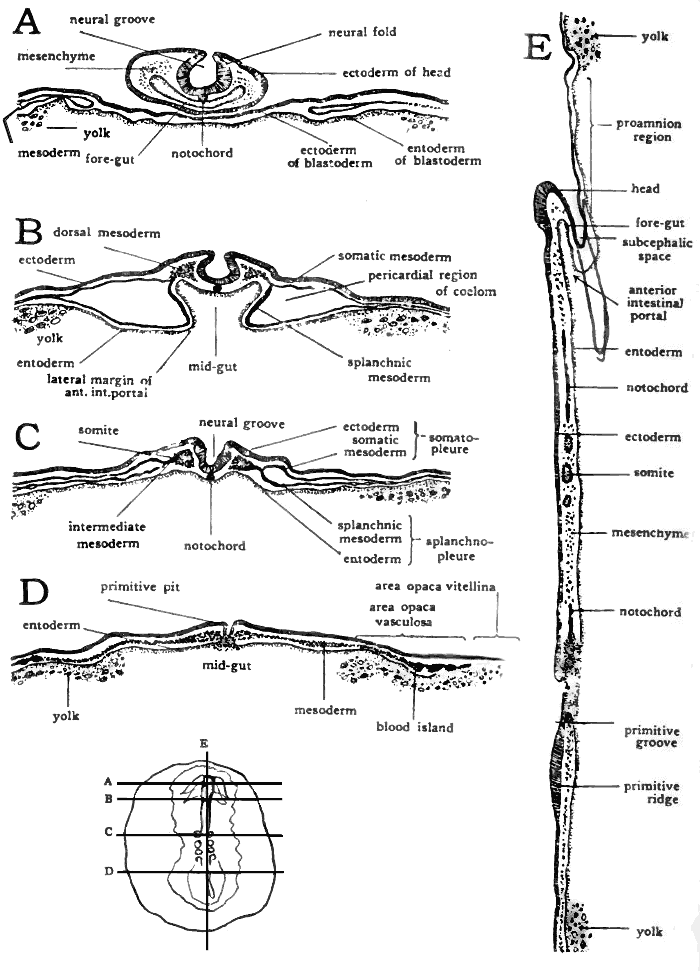

MyoD and myogenin are sequentially expressed only in activated satellite cells ( 6, 35). Myogenesis is tightly governed by the basic helix-loop-helix MyoD family members (MyoD, myogenic factor-5, myogenin, and myogenic regulatory factor-4), all of which are transcription factors that act in concert with the myocyte enhancer factor-2 proteins (reviewed in Ref.

Nevertheless, satellite cells are capable of reentering the cell cycle in response to various muscular stresses and undergo proliferation, followed by withdrawal from the cell cycle and fusion into existing or newly formed fibers (reviewed in Refs. These cells, first identified by Mauro ( 18), are the primary source of myogenic precursors in the postnatal muscle ( 29) however, their numbers decrease to <5% of total myofiber nuclei toward the end of the growth phase, and they become largely quiescent ( 3, 10, 11). From E15 onwards, satellite cells (or adult myoblasts) can be distinguished by their morphology and location under the basal membrane of the myofibers ( 14). Previous studies have indicated that, in the chick, embryonic myoblasts are most abundant on embryonic day 5 (E5), whereas fetal myoblasts are most abundant between E8 and E12 ( 31). In the embryo, muscle progenitors undergo myogenic determination, giving rise to myoblasts that first proliferate and then differentiate and fuse into multinucleate fibers (reviewed in Ref. hypertrophy and a high sensitivity of myoblasts to relatively small changes in heat duration with respect to these processes, which is manifested in the short and long term.ĭevelopment and histogenesis of skeletal muscle proceed from early embryogenesis through adulthood. Whereas hypertrophy was similar in both TM groups, cell proliferation and Pax7 levels were more robust in the 6-h muscle, mainly posthatch, suggesting a differential effect of various TM periods on cell reservoir vs. IGF-I levels were higher in the TM groups than in controls, implying a mechanism by which heat manipulations in chicks affect muscle development, with locally secreted IGF-I playing a major role. This was indicated by higher DNA incorporation of thymidine and a higher number of cells expressing PCNA in intact muscle, accompanied by higher Pax7 levels, all reflecting a higher number of myogenic cells, and suggesting that the increased hypertrophy can be attributed to a higher reservoir of myogenic progeny cells produced in response to the TM. TMs had immediate (E17) and later (up to 2 wk posthatch) effects in elevating muscle cell proliferation relative to controls.

We show that incubation at 39.5☌ (increase of 1.7☌ from normal conditions) from embryonic days 16 to 18 (E16 to E18) for 3 or 6 h daily increased diameter of myofibers as of day 13 of age and enhanced absolute muscle growth relative to controls, until day 35 of age. We investigated the cellular and molecular bases for the promotion of muscle development and growth by temperature manipulations (TMs) during late-term chick embryogenesis.


 0 kommentar(er)
0 kommentar(er)
